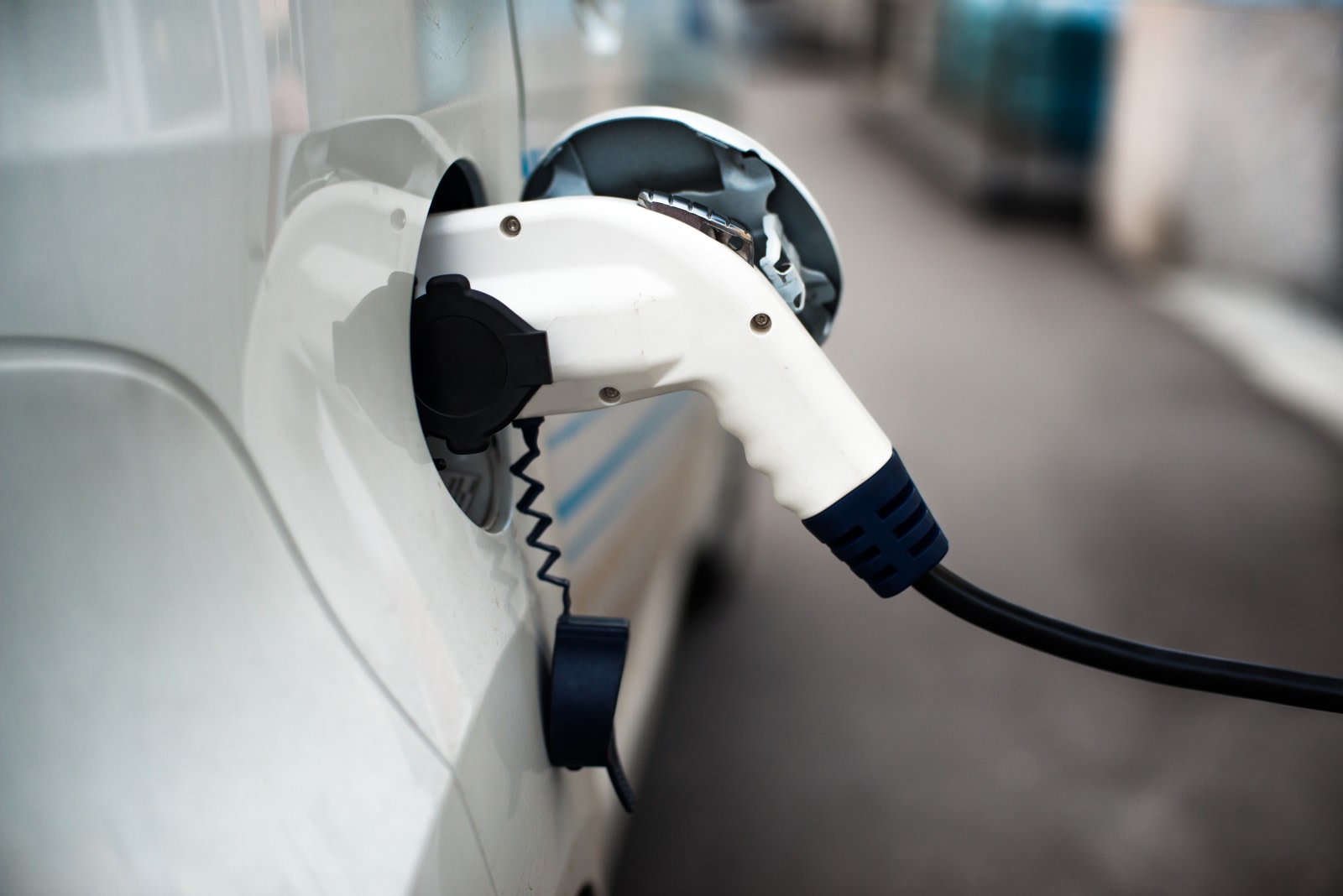A team of scientists from the UK have developed a material made of polymers that could become the answer to humanity’s battery woes. It could apparently lead to supercapacitors — battery alternatives that can charge really quickly — up to 10,000 times more powerful than usual. Thus, if an electric vehicle uses the material, it can theoretically travel farther than current EVs. It can even go from empty to fully charged in a matter of minutes instead of six hours or so. Imagine what it can do for smaller devices. You could plug in a smartphone that uses it as a power source and literally watch its battery indicator fill up in a few seconds.
The team from the University of Surrey and Augmented Optics Ltd. applied the principles used to make soft contact lenses to create the material. In fact, the person who conjured up the technique to create soft lenses 40 years ago was one of the people behind this project. The material was designed to replace the electrolyte supercapacitors use, because while the devices can gulp electricity quickly, they’re typically not as dense (i.e., they don’t hold as much energy) as batteries. It also has other potential applications, as Dr. Ian Hamerton from the University of Bristol explained:
“While this research has potentially opened the route to very high density supercapacitors, these *polymers have many other possible uses in which tough, flexible conducting materials are desirable, including bioelectronics, sensors, wearable electronics, and advanced optics. We believe that this is an extremely exciting and potentially game changing development.”
*the materials are based on large organic molecules composed of many repeated sub-units and bonded together to form a 3-dimensional network.
Augmented Optics Ltd. already set up a company called SuperCapacitor Materials Ltd. with the intention of building a full scale prototype next year, so you might see the new technology in action much sooner than you think.
(17)
